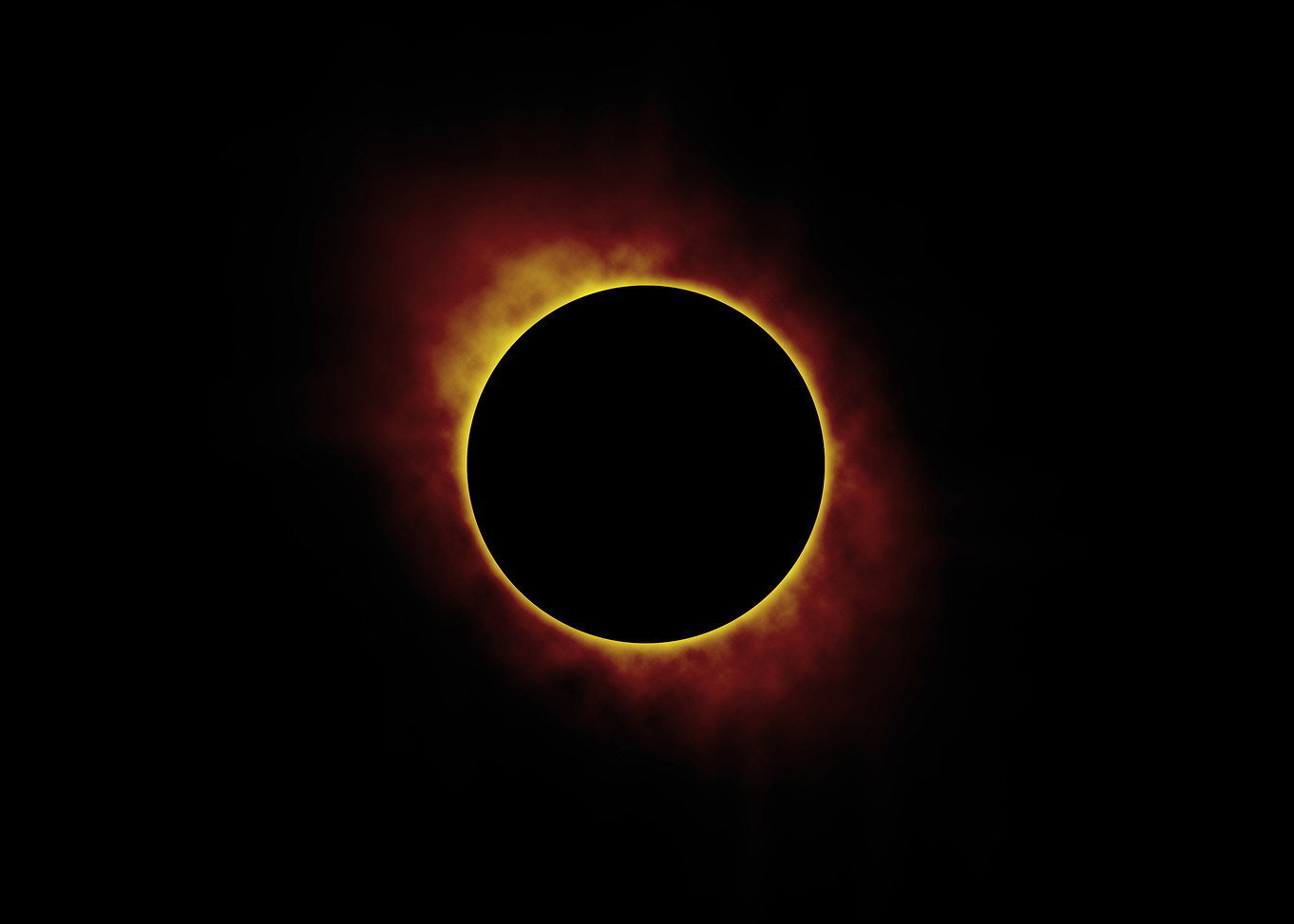
A significant astronomical event is on the horizon as various regions of the world are poised to witness a Total Solar Eclipse on April 8, 2024, according to the National Aeronautics and Space Administration (NASA). This rare phenomenon, where the Moon passes between the Sun and Earth, completely obscuring the Sun’s face and casting a shadow on Earth, will traverse North America, spanning Mexico, the US, and Canada during the second week of April. While solar eclipses are not uncommon, the rarity of this April’s occurrence, specifically at a particular location, is noteworthy. Typically, such celestial events with identical totality take centuries to recur in the same spot, spanning between 400 to 1,000 years.
Total Solar Eclipse 2024: Timing and Location
According to NASA, the total solar eclipse will traverse North America, crossing Mexico, the United States, and Canada on April 8, 2024. Originating over the South Pacific Ocean, the eclipse will commence, with Mexico’s Pacific coast being the initial point on continental North America to witness the totality at approximately 11:07 am PDT.
Path of the Eclipse: The eclipse’s trajectory will extend from Mexico, entering the United States via Texas, proceeding through Oklahoma, Arkansas, Missouri, Illinois, Kentucky, Indiana, Ohio, Pennsylvania, New York, Vermont, New Hampshire, and Maine. Small areas of Tennessee and Michigan will also be within the totality path.
Furthermore, the eclipse will traverse Canada, passing through Southern Ontario, Quebec, New Brunswick, Prince Edward Island, and Cape Breton, before exiting continental North America on Newfoundland’s Atlantic coast, Canada, at 5:16 p.m. NDT.
Total Solar Eclipse 2024: Anticipated Observations
During the eclipse, the sky will darken, simulating dawn or dusk conditions. Weather permitting, observers along the path of totality will witness the Sun’s corona, its outer atmosphere typically obscured by the Sun’s bright surface. Enthusiasts and scientists may also observe additional phenomena associated with a total solar eclipse, such as Shadow Bands, Baily’s Beads, and the Diamond Ring effect. Notably, this event will mark the final total solar eclipse visible from the US until 2044.
Total Solar Eclipse 2024: Safety Precautions
It is imperative to exercise caution when viewing the eclipse, as looking directly at the Sun without proper eye protection during the complete blockage of the Sun’s bright face can cause severe eye damage. Refrain from using cameras, telescopes, binoculars, or any optical devices to view the Sun without appropriate solar filters, as the concentrated solar rays can penetrate through the filter and cause harm.
To safely view the partial eclipse phases preceding and following totality, utilize eclipse glasses or handheld solar viewers.















